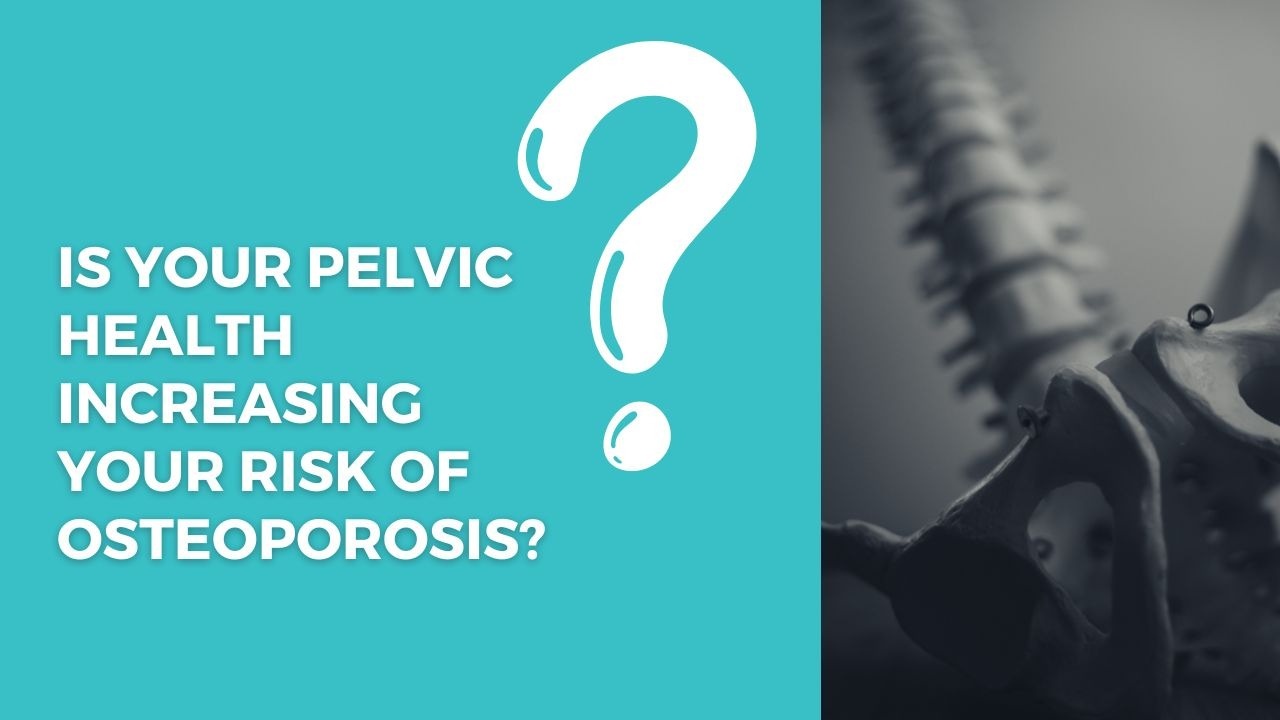Electrical stimulation (e-stim) of the pelvic floor muscles is often used in clinic or at home to help improve incontinence and prolapse symptoms. Pelvic floor muscles are an essential part of our body that provide support to the bladder, bowel, and uterus. When the pelvic floor muscles are not work...
The best description of the vagina in menopause is that it can go from a pleated skirt to a pencil skirt. I have heard this from Michelle Lyons of Celebrate Muliebrity and Julia Di Paolo, Reg. PT of PhysioExcellence
Our Vagina
We have folds in the walls of the vagina called Rugae that can thin as ...
It can be a struggle in our daily life when we suffer from Rectocele Prolapse.
A rectocele happens when the rectum falls forward into the back of the vagina. The tissue becomes thin and weak over time between the rectum and the vagina, resulting in a rectocele.
Symptoms of Rectocele Prolapse
You...
What Is Osteoporosis?
Osteoporosis is a skeletal disease characterized by low bone mass and deterioration of bone tissue. Bone is a living tissue that is constantly being broken down and replaced, but when the breakdown is faster than the rebuild, osteoporosis is the result and leaves you at incre...
There is a lifestyle component to pelvic health as well, and what you eat can play a significant role in pelvic floor wellness.
Healthy eating habits can help avoid serious issues such as prolapse and incontinence. Your water intake is just as crucial to having a healthy pelvic floor. Not only does...
Hypopressive exercises are an ideal option for pelvic floor dysfunction associated with incontinence, prolapse, and sexual dysfunction.
The technique was developed in Spain around 2012 and is a training system that combines low-pressure postures, breath training, myofascial stretching and neurodyna...








